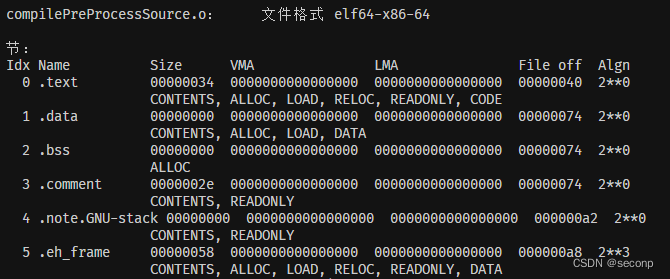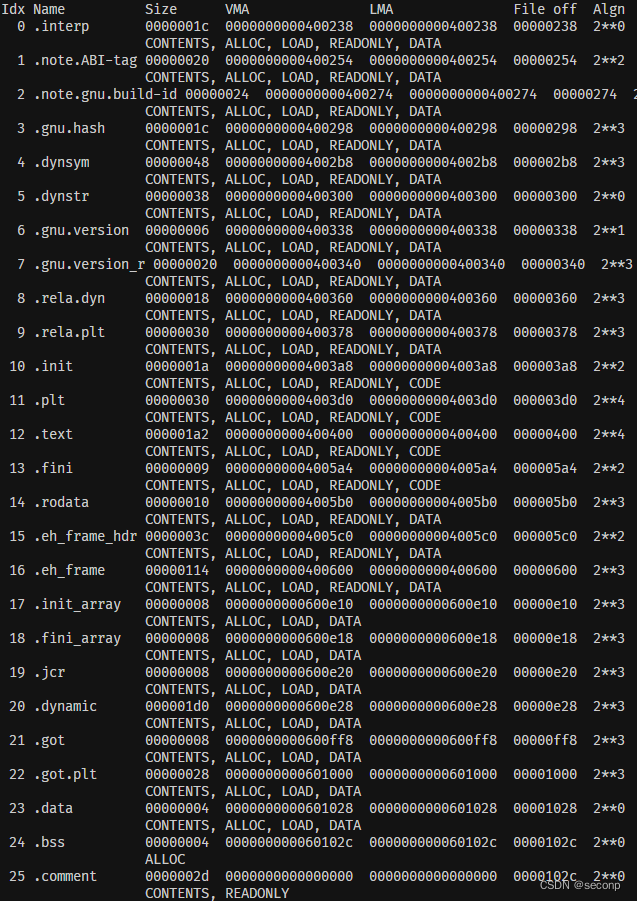将输入的源程序分解为一个个独立的词法符号,又记为token。
假设下例中 a 的类型为 float。
韦氏词典:语法--组合单词以形成词组、从句或句子的方法。
此时需要引入一个新的概念:符号表。其作用是将表欧师傅映射到他们的类型和储存位置。
符号表:
语法分析树经过语义分析形成语义分析树。
C语言栈帧布局如图所示:

可以参考这篇文章进一步了解C语言运行时栈结构:C程序方法调用。
为什么需要生成中间代码,而不是直接生成目标代码呢?技术上可定支持将语义分析树直接转化为目标代码,但是这样做不利于可移植性和模块化设计。
一种好的中间代码有以下特点:
- 能够充分利用语义分析阶段生成的语义分析树。
- 对于希望支持的所有目标机器,它必须便于生成真实机器语言。
- 中间表示的每种结构必须具有简单明了的含义,以便能够比较容易指定和重写中间表示的各种优化操作。
- // 这就是中间表示的一种形式。站在Java程序的角度class字节码就是Java源程序的中间表示。
- t1 = inttofloat(10)
- t2 = id(a) + t1
- id(sum) = t2
修改后的指令代码为:
- t1 = inttofloat(10)
- t2 = id<a> + t1
- id<sum> = t2
中间表示的每个操作过程可能对应机器语言的多个操作指令,或者机器语言的一个操作指令对应中间表示的多个操作过程。此时我们就需要找到中间表示每个操作过程在机器语言中对应的最小指令集合。这个过程叫做指令选择。
指令选择的目的是 找出一个给定的中间表示的恰当机器指令序列。
本文中我们假设规范后的程序就是恰当的机器指令序列。
编译器将程序转换为含有大量临时变量的中间语言,转换后的程序必须在寄存器有限的计算机上运行。如果两个临时变量不会同时使用,则可以考虑将他们放在同一个寄存器中储存。因此,尽管有很多临时变量,我们通过调和之后只需要使用少量的寄存器保存他们。如果不能全部将他们放在寄存器中,超出的变量可以放在储存器中。
因此编译器需要分析程序的中间表示,确定哪些临时变量会被同时使用,哪些变量会在将来被使用。
为了对程序进行分析,通常有益的方法是生成程序的控制流程图。
CSDN的flowchart中会被自动隐藏,所以接下来我们使用sum代表id,使用a代表id。
从流程图上我们可以观察到同一时刻出现变量最多是3个,因此最多需要3各个寄存器储存变量的值。
事实上之所以能够计算出来寄存器的使用情况,使用到的技术是控制流分析和数据流分析。
控制流分析:分析指令的执行过程建立控制流程图,此图表示程序执行时所有可能流经的途径。
数据流分析:收集程序变量的数据流信息。例如,活跃性分析计算每一个变量需被使用的其他地点。
为程序中的每一个变量和临时数据选择一个寄存器,不在同一时刻活跃的变量可以共享同一个寄存器。
用机器寄存器替代每一条机器指令中出现的临时变量名。
source.c 文件到这里被处理为 compilePreProcessSource.s 文件。

